You may have heard of Sanjeevani Vidya, bestowed by Guru Shukracharya, which could revive the dead, or the Sanjeevani Buti that restored Lakshman’s life. Tales like Madhu Vidya, enabling immortality, and the Ashvini Kumars’ Chyawanprasha, rejuvenating Sage Chyawan, are not mere stories but the practical achievements of Vedic rishis. Masters of Creation, they understood the human body as a microcosm of the universe. The proof of these ancient sciences lies in modern scientific discoveries, many rooted in Vedic shastras. Visit www.dhyanfoundation.com to explore this connection.
Though much of this ancient knowledge has been lost in Kaliyuga and many herbs have become extinct, fragments remain accessible and potent. Divya Chikitsa Mantras from Sanatan Kriya are one such gem. These mantras use sound and vibrations to produce profound healing and transformational effects. Comprising seven mantras, they unclog energy channels (nadis), activate specific centers, and channel divine energies into the practitioner.
The mantra’s effectiveness hinges on its correct transmission through a Guru adept in the mantra. In the Guru-Shishya Parampara, the Guru channels the force of the deity associated with the mantra and imparts its precise dhwani (pronunciation). Faulty pronunciation, even of a single syllable, alters the mantra’s meaning, potentially rendering it harmful. The Taittiriya Samhita narrates the story of Tvashta, who, by misplacing emphasis in the mantra indrashatru, changed its meaning from “slayer of Indra” to “one who will be slain by Indra,” leading to his son Vrutra’s defeat.
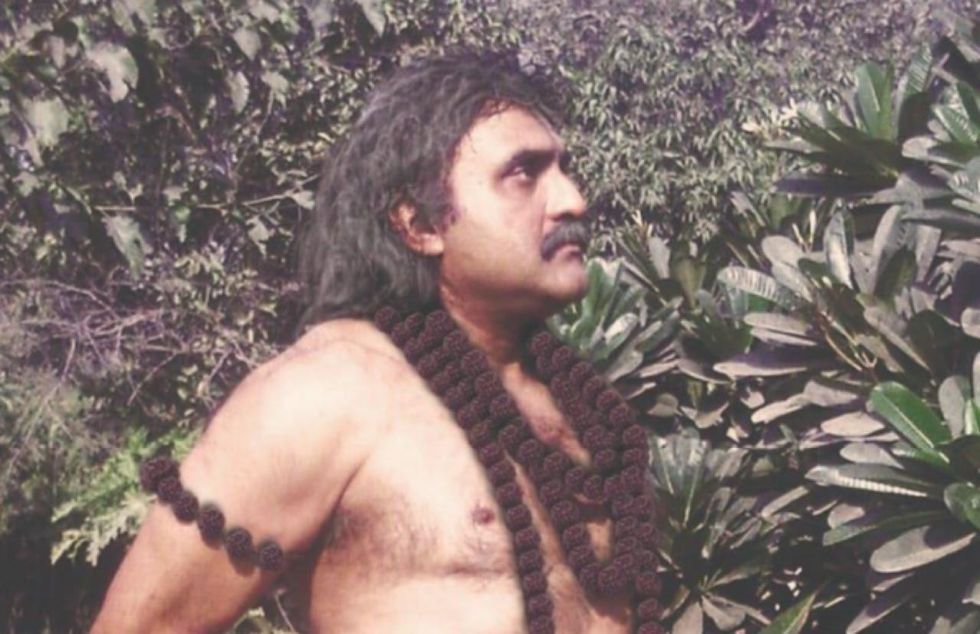
To quote Panini Shiksha:मन्त्रो हीन: स्वरतो वर्णतो वा मिथ्या प्रयुक्तो न तमर्थमाह।स वाग्वज्रो यजमानं हिनस्ति यथेन्द्रशत्रु: स्वरतोऽपराधात्।।(A mantra devoid of correct vowels or consonants does not convey its intended meaning and may harm the chanter, as in the case of Indrashatru’s erroneous pronunciation.)
The Vedic seers mastered this science of sound through mantras, emphasizing precision in pronunciation to harness their power. Shiksha, one of the six Vedangas, codifies the laws of proper pronunciation and euphony. Scholars like Panini, Yadnyavalkya, and Vasishtha have written extensively on this subject, with the Shatpath Brahman detailing the strength of each alphabet and its significance.
Thus, mantra vidya must be learned from a Guru. Practicing chants found in books, on television, or social media without guidance may cause unintended consequences. You can learn the sadhana of Divya Chikitsa Mantras in sessions conducted by Dhyan Foundation across India. For details, visit www.dhyanfoundation.com.






 Heehs describes two principal approaches to biographyAMG
Heehs describes two principal approaches to biographyAMG








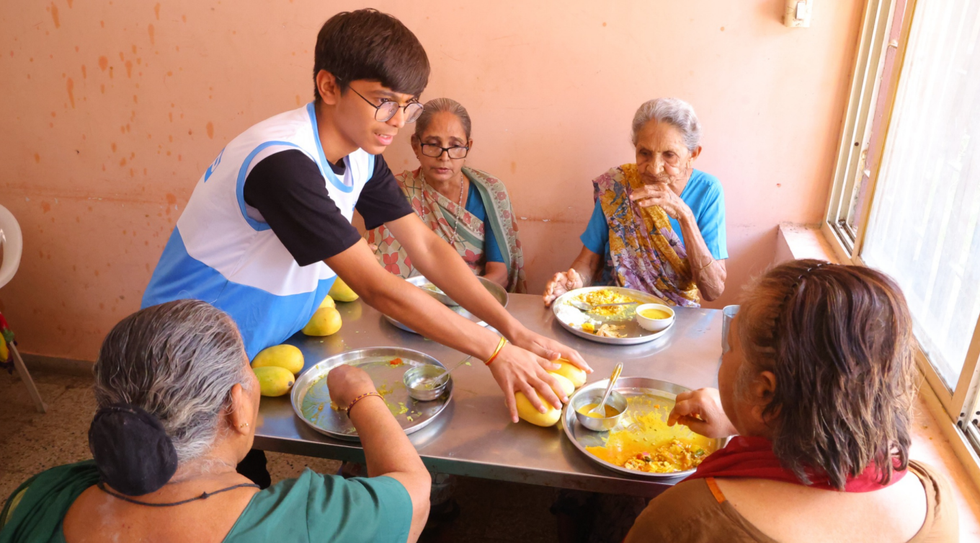 Thousands of mangoes were handed out to individuals from economically weaker backgroundsSGVP
Thousands of mangoes were handed out to individuals from economically weaker backgroundsSGVP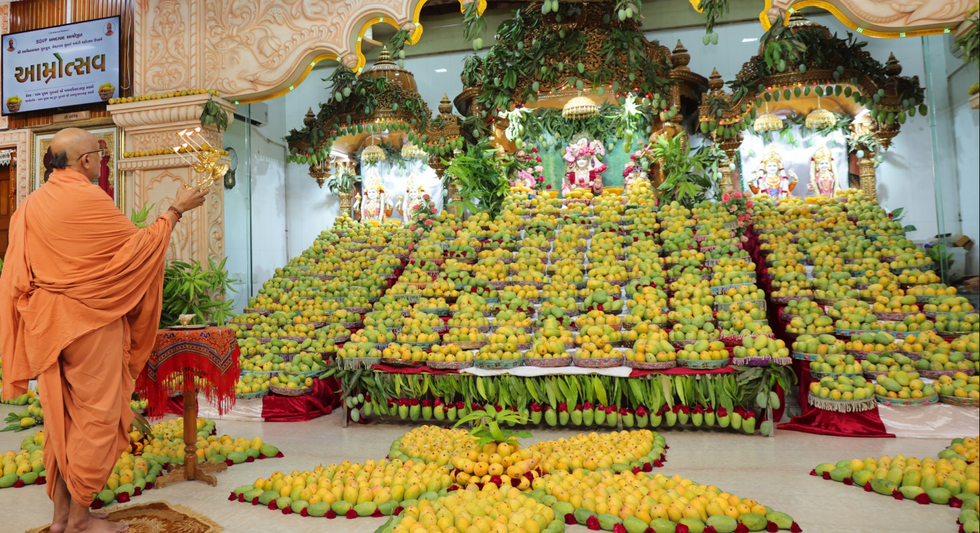 With the support of its spiritual and community leadersSGVP
With the support of its spiritual and community leadersSGVP
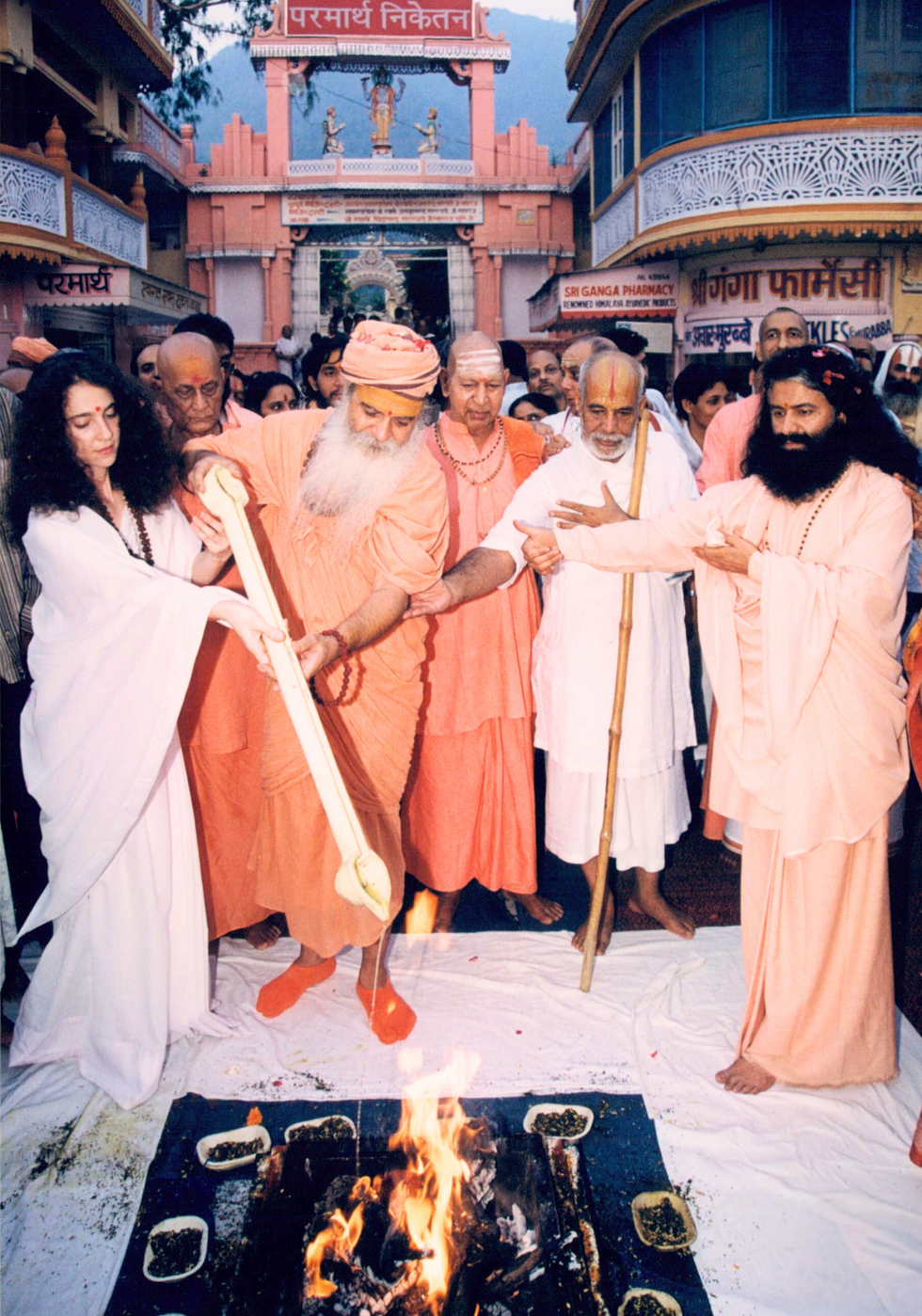 Parmarth Niketan will mark the 25th sanyas anniversary of Pujya Sadhvi Bhagawati SaraswatijiParmarth Niketan
Parmarth Niketan will mark the 25th sanyas anniversary of Pujya Sadhvi Bhagawati SaraswatijiParmarth Niketan
 His captivating delivery and deep spiritual insight resonated strongly with attendeesCrawley Hindu
His captivating delivery and deep spiritual insight resonated strongly with attendeesCrawley Hindu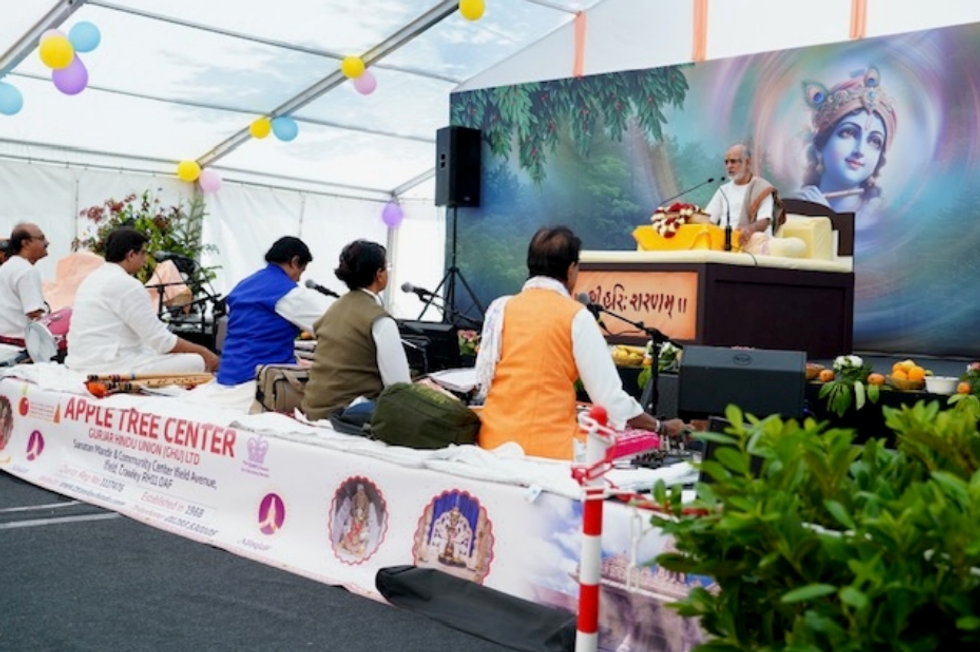 creating an atmosphere of devotion and reflection.Crawley Hindu
creating an atmosphere of devotion and reflection.Crawley Hindu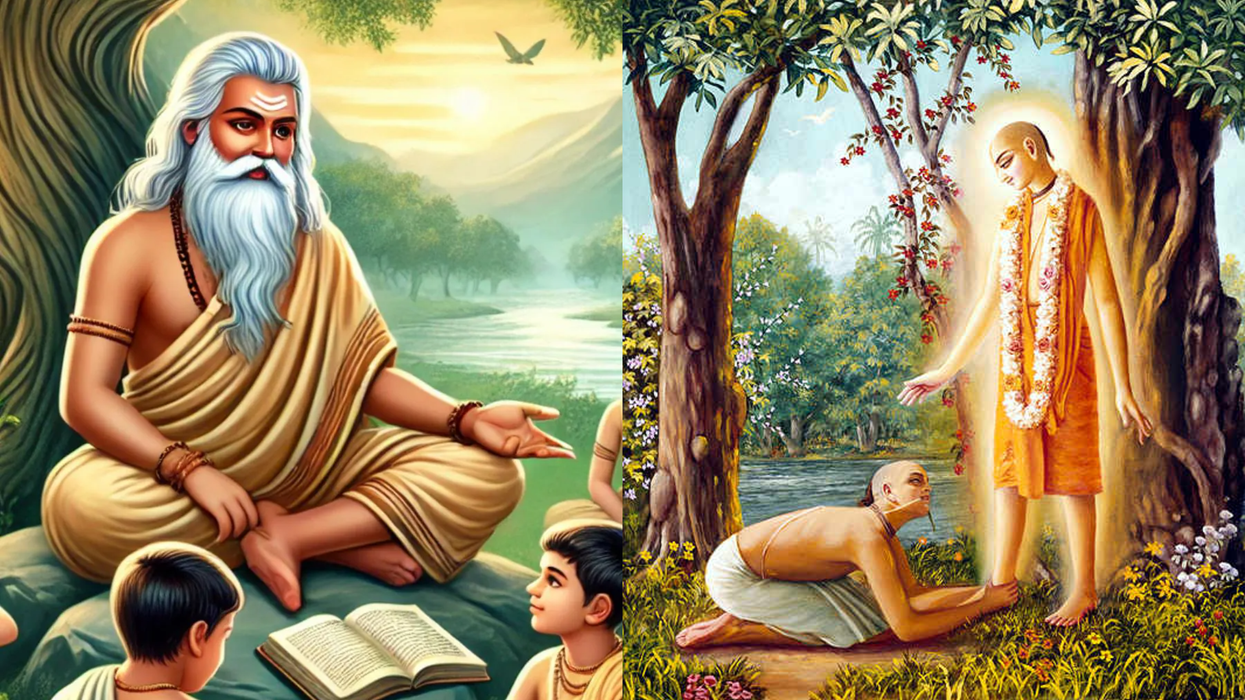
 From ancient sages to modern-day Gurus, their influence on society continues to inspire and transformiStock/Mahabharata
From ancient sages to modern-day Gurus, their influence on society continues to inspire and transformiStock/Mahabharata The relationship between Guru and disciple has been central to the evolution of Hindu philosophy and practiceiStock/Mahabharata
The relationship between Guru and disciple has been central to the evolution of Hindu philosophy and practiceiStock/Mahabharata The reverence for spiritual leaders remains a cornerstone of Hindu culture, transcending time and traditioniStock/Mahabharata
The reverence for spiritual leaders remains a cornerstone of Hindu culture, transcending time and traditioniStock/Mahabharata